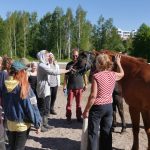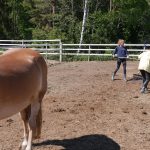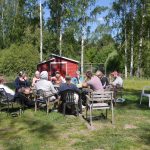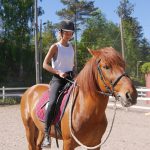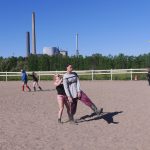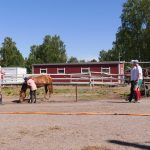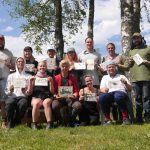Visited The 8th Floor Waste Time: Breakdown, Decay, and Regeneration at Freshkills Park panel discussion yesterday. The event was moderated by Dylan Gauthier and we heard presentations by Mariel Villeré, Audrey Snyder & Joe Riley and Antonio Serna. The event was hosted in the same space as the the Sedimentations: Assemblage as Social Repair exhibition. I got to see Waste Flow (1978-1984) & Sanman Speaks (1977-1985) by Mierle Laderman Ukeles. She was present in nearly every frame of Sanman Speaks, wore a clean uniform and talked politely how underappreciated the sanitation workers are. The workers felt like performers.
The panel discussion was about artworks and processes that are being conducted in the framework of the Freshkills Park R/D residency program. The Fresh Kills Landfill (1948-2001) is being transformed into a public park and Villeré is organizing an artistic research program on site, which all of the panelists were involved with. Artist duo Snyder & Riley were interested where NYCs’ trash is currently being placed. They discovered over fifty separate sites and had visited 38 locations, were the trash of the city is being transported. This process of distribution or “displacement of trash” was identified as a coverup: When contemporary trash is sent far away, hidden into multiple different sites, the problems that it causes become difficult to identify. They called their practice “anti-disciplinary” which feels fun and identified the Freshkills Park in its current state as a “negative commons” because it is for the public but not currently accessible (and ultimately toxic).
There weren’t a lot of discussions or audience questions. The event did succeed in presenting the landfill as a complex site and to problematize the role of art in the land reclamation process. Art multi-complexifies discussions concerning the site and makes addressing the core issue concerning pollution more difficult. Art feels like a coverup for a simple realization: People are wasteful and they should not consume as much. The rich pollute more than the poor and the poor have to live with the toxic.
I’m rediscovering Toxic Progeny: The Plastisphere and Other Queer Futures (2015) Heather Davis.


